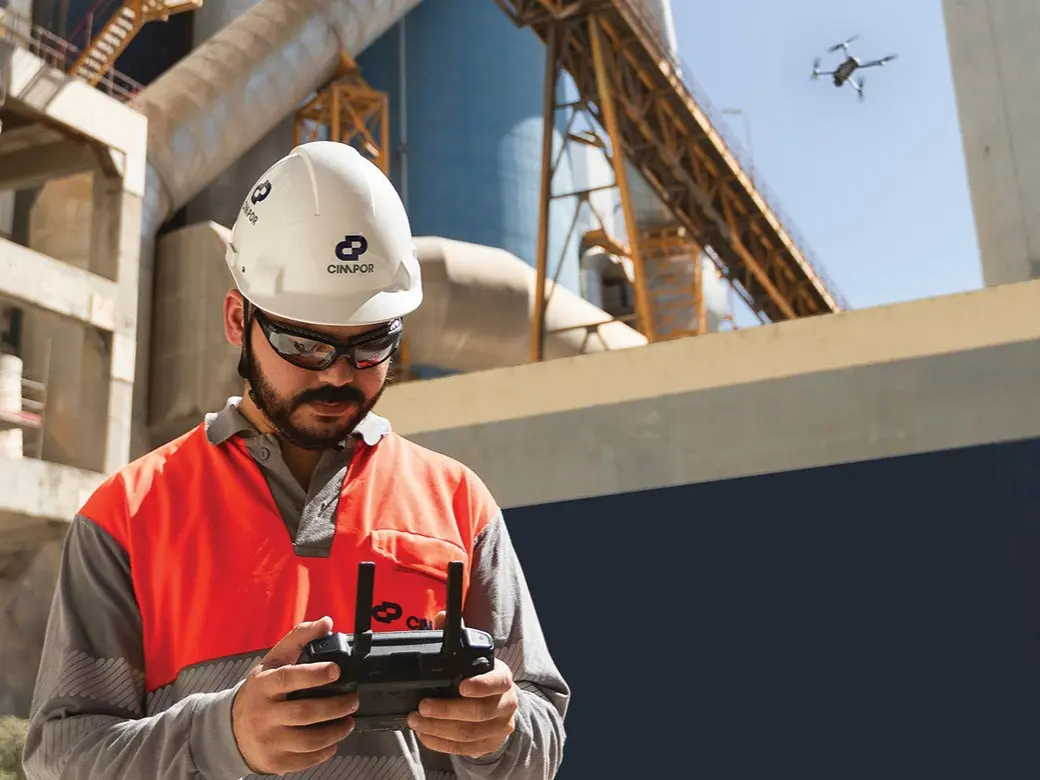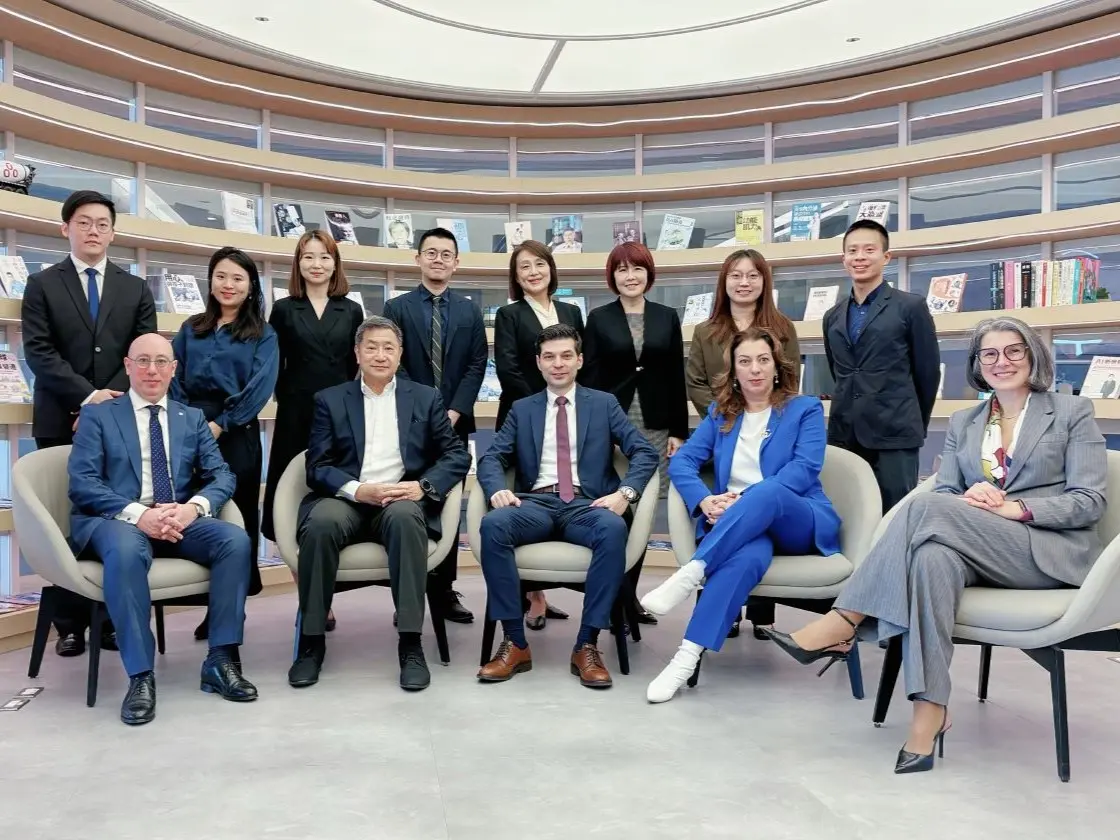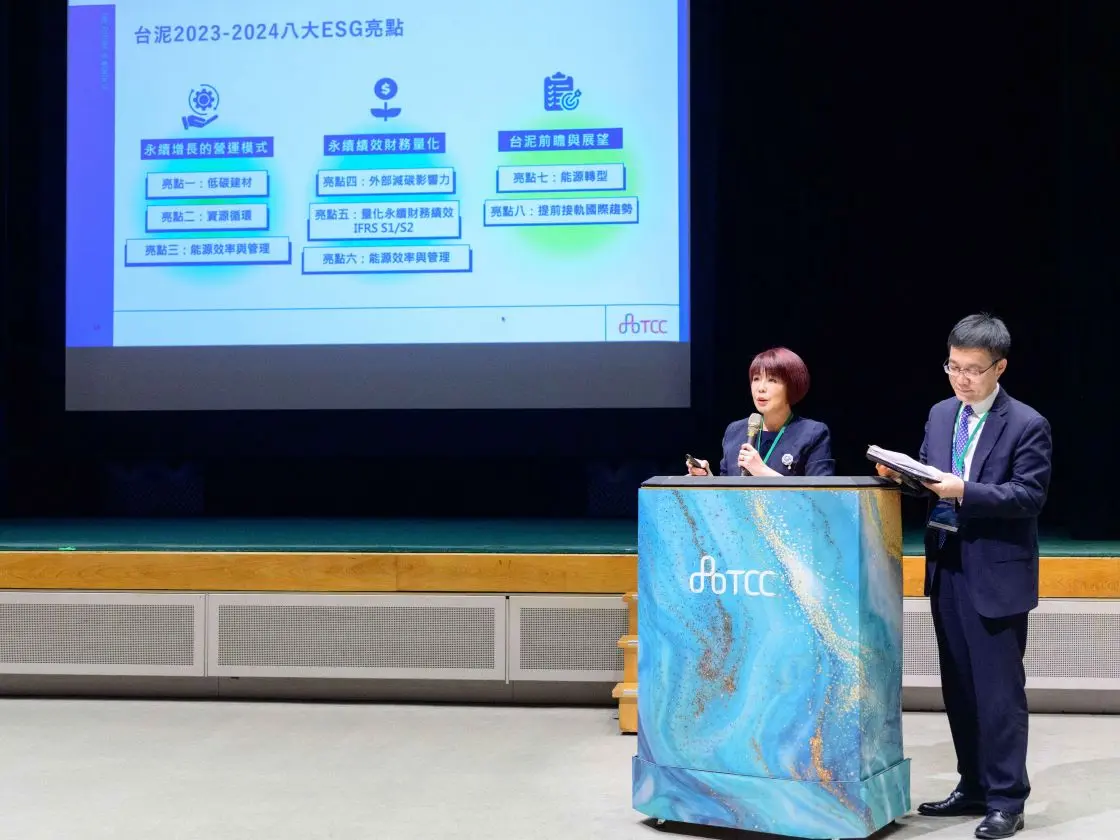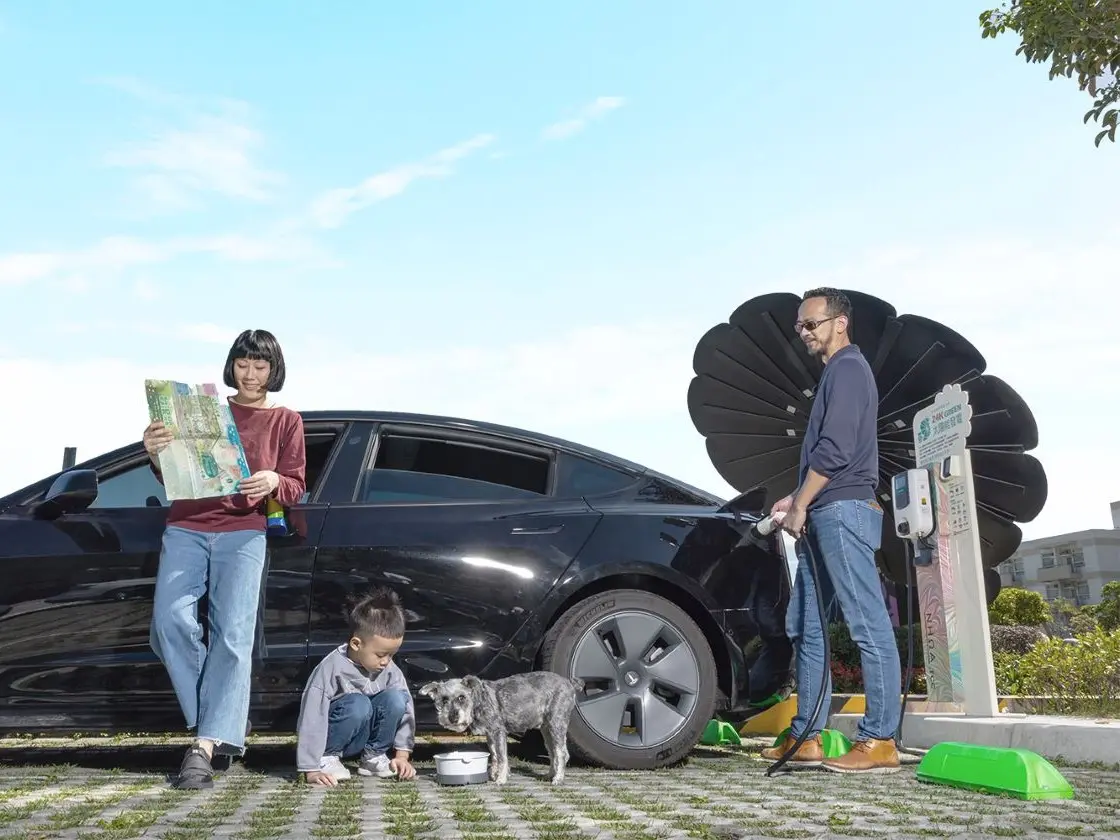Sustainable and Innovative Low-Carbon Construction Material—UHPC
- Home
- Sustainable E-newsletter
- Sustainable and Innovative Low-Carbon Construction Material—UHPC
Environmental 2025 Vol.01
Sustainable and Innovative Low-Carbon Construction Material—UHPC
- #Low-Carbon Construction Materials
-
Share

What is UHPC?
Ultra-High Performance Concrete (UHPC) is a cutting-edge concrete developed in recent decades. Its discontinuous pore structure inhibits the intrusion of harmful substances like chlorides, surpassing traditional and high-performance concrete in both mechanical strength and durability. UHPC outperforms conventional concrete and steel in structural versatility, flexibility, constructability, and aesthetics, driving its growing adoption worldwide.
Durability and Versatility of UHPC
In 1997, the Sherbrooke Pedestrian Bridge in Quebec, Canada, became the world's first structure built with UHPC. Despite harsh winter snowfalls, it has endured loads of snow-clearing vehicles, severe freeze-thaw cycles, and de-icing salts, remaining steadfast to this day—a testament to UHPC's durability under extreme conditions. Today, the United States alone boasts 408 highway bridges utilizing UHPC. Iconic global structures, such as the Museum of European and Mediterranean Civilizations (Mucem) and the Shanghai Grand Opera House, showcase UHPC's plasticity. From flat panels to perforated patterns to curved surfaces, UHPC transcends the limitations of traditional rigid designs, bringing new visual identities and artistic charm to architecture.
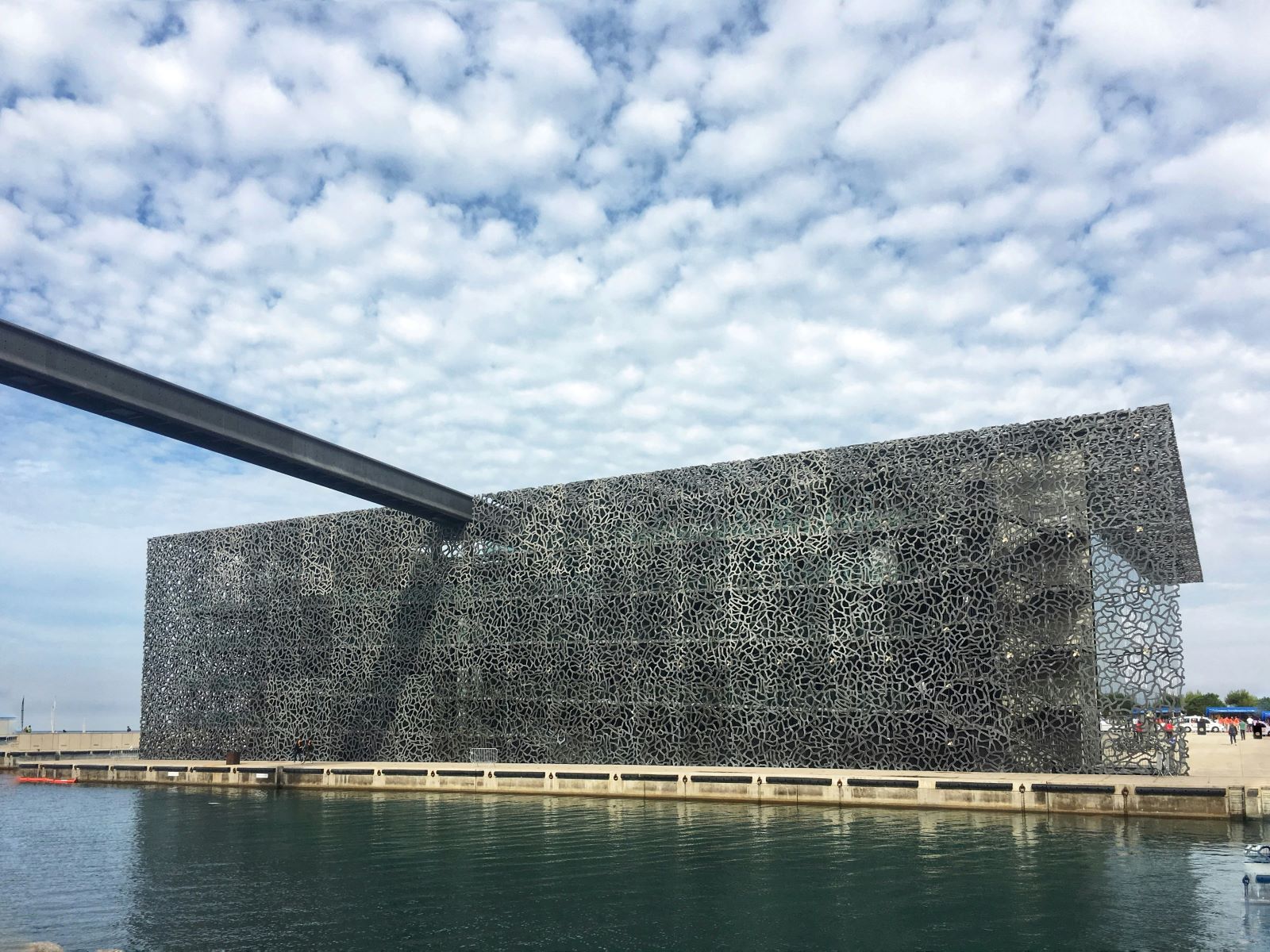
Museum of European and Mediterranean Civilizations (Mucem)
A Low-Carbon, Sustainable Construction Material
Beyond design innovation, UHPC significantly contributes to the sustainability of the construction industry. As awareness of environmental challenges and sustainable development grows, the “sustainability of buildings” has become increasingly critical, particularly regarding material durability and production. In construction, carbon emissions stem from manufacturing components and from building processes, logistics, and equipment like cranes. With a lifespan exceeding 100 years, UHPC requires fewer materials than traditional concrete. Substituting UHPC for standard reinforced concrete reduces component thickness, material volume, and weight, thereby lowering carbon emissions. For instance, constructing a building facade with 4 cm-thick UHPC elements, compared to a standard 12 cm-thick reinforced concrete curtain wall, cuts CO2 emissions by 30.8 metric tons.
Comparison of Carbon Emissions for a Façade Area of 900 m2 | ||
|---|---|---|
CO2 Content | 12 cm Reinforced Concrete | 4 cm UHPC |
Concrete | 24 t | 13 t |
Rebar | 16 t | 0 t |
Transport | 0.7 t | 0.2 t |
Crane | 5 t | 1.7 t |
Summary | 45.7 t | 14.9 t |
| Source: Reducing the carbon footprint by using UHPC precast elements in construction projects, BFT, 06/2023 | ||
Development, Application, and Innovation
In May 2020, TCC collaborated with the New York-based Kohn Pedersen Fox (KPF) design team to plan the DAKA Renewable Resource Recycling Center (RRRC). KPF incorporated UHPC into the building's curtain wall facade, marking TCC's entry into UHPC development. Since then, TCC has gathered data, explored material and application concepts, developed formulations, and conducted product testing for the RRRC curtain wall. Within a year, TCC established Taiwan's largest UHPC production center at its Hoping Cement Plant in Hualien, successfully producing its first precast curtain wall panel for the RRRC facade, and RRRC obtained diamonds in the Green Building Certificate & Low-Carbon Building Certificate.
To advance decarbonization in the construction industry, TCC has also invested in UHPC applications and technology. After assessing its feasibility for energy storage cabinets, TCC unveiled a prototype at its 2021 corporate briefing and officially launched the UHPC storage cabinet in July 2022, now in continuous production at the UHPC center. On the technical front, the TCC UHPC team has gone beyond precast methods, developing a formulation suitable for cast-in-place projects. This was applied in a waterproofing improvement project for the Taiwan Highway Bureau's Zhongli Works Section radio station. Additionally, the team has integrated UHPC with 3D printing technology, further expanding its market potential.
You may also like
TCC GROUP HOLDINGS
SUSTAINABLE E-NEWSLETTER.






